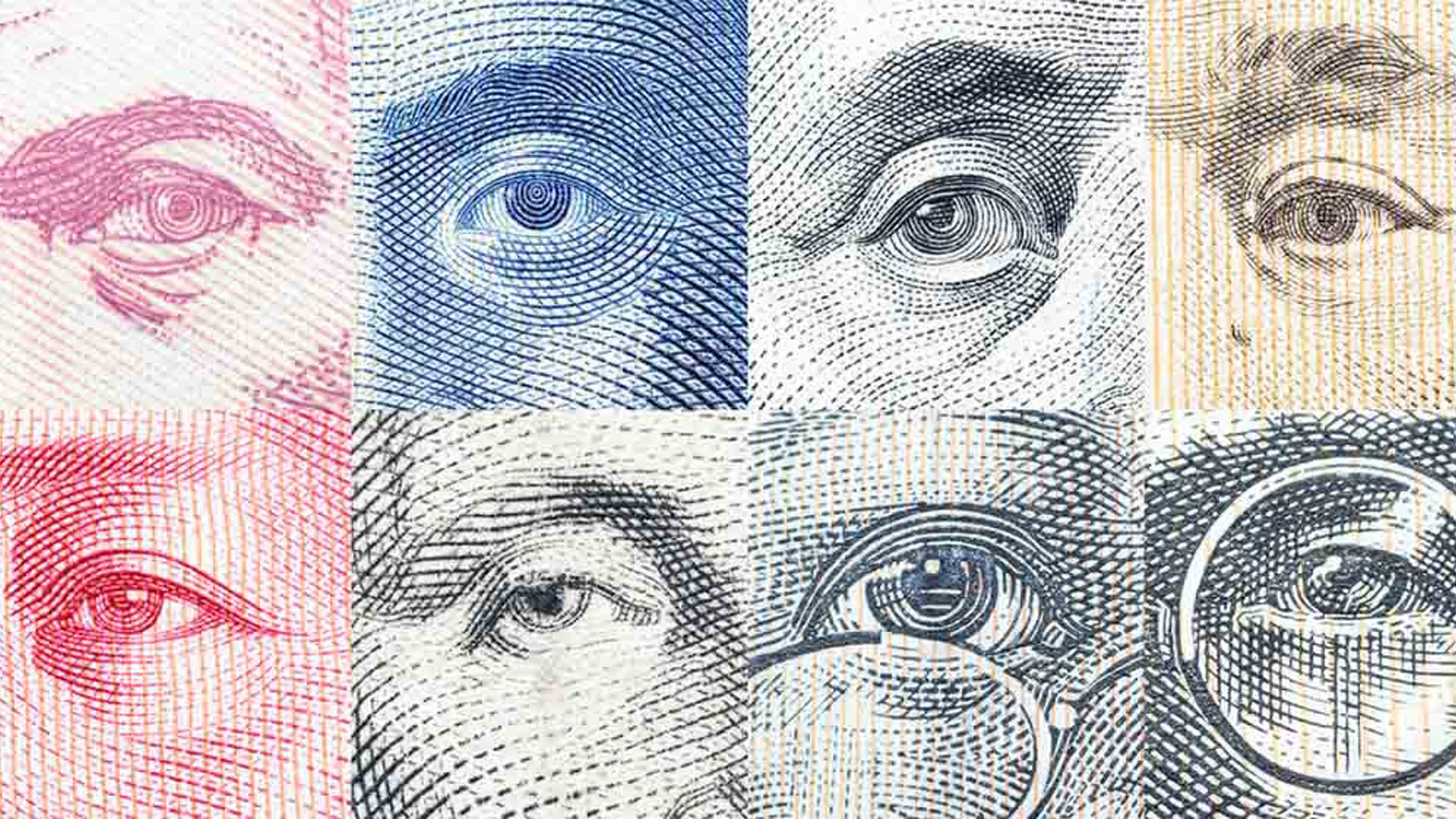WHAT HAPPENED?
The Federal Reserve left its key policy rates unchanged, in line with expectations. As the virus is posing considerable risks to the medium-term outlook, the Fed will continue to buy US Treasuries, residential and commercial mortgage-backed securities, in the amounts needed to support smooth market functioning. The Bank of Japan, earlier this week, pledged to accelerate purchases of corporate bonds and commercial paper, and committed to buy unlimited quantities of government bonds. The European Central Bank press conference is today. While it has acted recently and the focus now is on implementation, markets will watch whether it will also increase its asset purchases, or hint at it.
WHAT DROVE IT?
Central banks’ actions and dovish language have to do with the worsening macro environment. US GDP contracted more than expected in the first quarter, and we think that today’s data report will show that the euro area economy is shrinking rapidly too. Yet, in a sense, all this is a look-back. We know from the more timely purchasing managers’ indices that April was worse. This week’s releases show that inflation is slowing, given significant energy disinflation and that the shutdowns have resulted in no Easter-related bounce-back in the holiday-related components of the inflation basket.
OUR VIEW
Our base case is that the virus outbreak and associated social-distancing measures will peak this quarter in most countries, and then recede gradually in the second half of the year. Under these assumptions, economic activity is likely to contract outright, in some cases at double-digit rates, in the second quarter too. It is then set to pick up momentum later on, supported by the feed-through of significant monetary and fiscal policy easing – the largest in peacetime history. This will be slow initially, feeling more like some sort of tentative stabilisation at first, and then more visible towards year-end. Recovery will likely be faster where liquidity is the main challenge, and slower where the problem is solvency.
MARKET REVIEW
EUROPE - European equity markets closed mostly higher on Wednesday, with Switzerland and Denmark bucking the trend. In terms of European sector performance, Travel & Leisure, Banks, Autos & Parts outperformed, while Heathcare and Food&Beverage underperformed. EU data included higher-than-expected eurozone money supply, and the eurozone April business climate extending last month's decline. Italian government bond yields edged up yesterday; but reaction to Fitch's downgrade of the country's credit rating was relatively contained. The press noted that a further, immediate downgrade to junk territory appeared less likely.
USA - US equities finished notably higher in Wednesday trading. Energy was the standout on the oil bounce. Credit cards, airlines, paper/packaging, auto suppliers, homebuilders, semis, and banks were among the other big gainers. Treasuries were mixed; with the curve steepening. The dollar extended recent softness on the major euro crosses. Gold closed down 0.5%. WTI crude oil settled up 22%, after another flurry of selling pressure earlier in the week. Gilead released positive update on Remdesivir studies. The latest batch of earnings was fairly well received, with a few companies highlighting some recent stabilization though formal guidance continues to get pulled. First-quarter GDP contracted more than expected, suffering its biggest decline since the financial crisis on softer consumption. No surprises from the April Fed meeting, though Chair Powell suggested more fiscal support could be needed and said deficit concerns should not get in the way of winning the battle. Meanwhile, coronavirus liability protection is quickly emerging as a big sticking point in negotiations for another economic support package.
ASIA - Asian equities rallied on Thursday, as positive earnings from US tech giants have underpinned after-hours strength on the Nasdaq and S&P 500. Mainland China markets even shrugged off disappointing Purchasing Managers Indices. These Chinese manufacturing PMIs underwhelmed expectations, with the Caixin gauge slipping back into negative territory. Japan industrial production contracted at the fastest pace since October, while retail sales saw their first decrease since that month's consumption tax hike.
This document and the information and data that it contains relating to products, services or financial instruments, as well as any analyses, assessments, suppositions, judgements, opinions, and estimates presented therein (the “Information”) has been prepared by Quintet Private Bank (“Quintet”) for your exclusive and private use in the provision of personal investment advice by Quintet on the basis of your risk tolerance and suitability. Prior to any transaction or investment in the product, you should make your own appraisal of all the risks, including, but not limited to, the risks from a financial, legal, tax and accounting perspective, without relying exclusively on the Information contained in this document. Please note that the past performance of a financial instrument is not an indicator of its future performance. The Information may be changed at any time without advance notice or any notification being sent to you. Any projections and forecasts are based on a certain number of suppositions concerning the current and future market conditions and there is no guarantee that the expected result will ultimately be achieved. While the Information has been established on the basis of reliable sources and is therefore presumably correct at the date of publication of this document, it is provided with no guarantee, either express or implicit, as to its completeness, accuracy, authenticity, timeliness, validity or relevance and no liability is accepted by Quintet in this respect.





